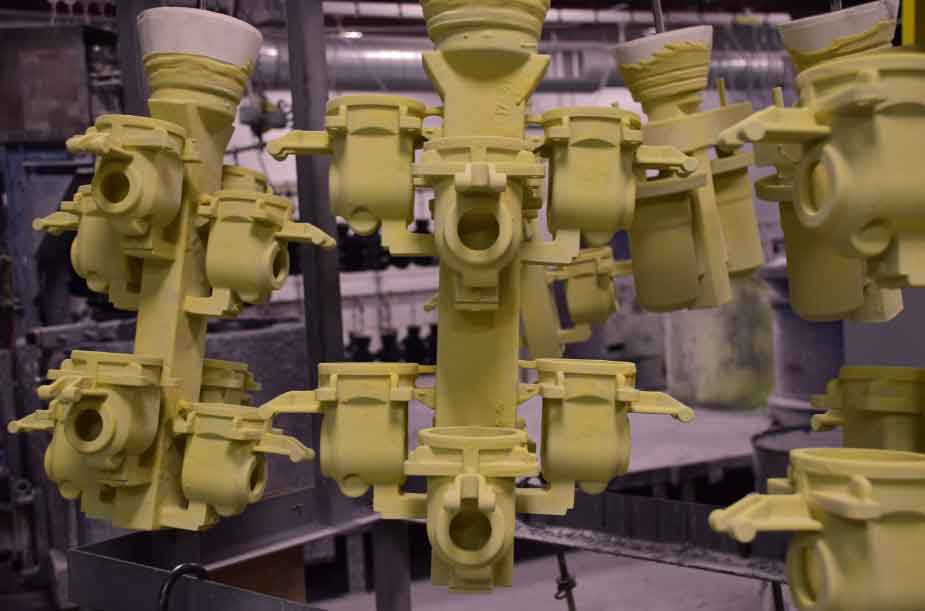
Investment casting, also known as lost-wax casting, offers numerous advantages that can pave the path to success for foundries in the modern industrial landscape. Here are some key factors that contribute to the success of foundries using investment casting:
1. Versatility and Customization:
Investment casting provides versatility in manufacturing a wide range of complex components. Foundries can customize the process to meet specific customer requirements, including intricate designs, unique shapes, and specialized materials. This versatility allows foundries to cater to various industries, from aerospace and automotive to medical and energy sectors.
2. Cost Efficiency:
Investment casting offers cost efficiency in production. The near-net shape manufacturing process reduces material waste and machining requirements, resulting in lower production costs compared to traditional machining or fabrication methods. Additionally, the ability to consolidate multiple components into a single casting reduces assembly time, labor costs, and potential points of failure.
3. High-Quality Output:
Investment casting ensures high-quality output with excellent surface finish, dimensional accuracy, and intricate details. The process allows for precise replication of intricate features, resulting in components that meet or exceed customer specifications. The consistent quality of investment castings enhances the reputation of foundries and fosters long-term customer relationships.
4. Design Flexibility:
Investment casting enables design flexibility, allowing foundries to accommodate complex geometries and design modifications. Foundries can collaborate with customers and provide design assistance to optimize component performance and manufacturability. The ability to offer design suggestions and value engineering solutions adds value to the customer relationship and supports innovation.
5. Material Selection:
Investment casting supports a wide range of materials, including various metals and alloys. Foundries can offer their customers a choice of materials with specific properties such as strength, corrosion resistance, and high-temperature capabilities. This flexibility in material selection allows foundries to meet the diverse needs of different industries and applications.
6. Collaboration and Expertise:
Investment casting often involves collaboration between foundries, designers, engineers, and customers. Foundries can leverage their expertise and technical knowledge to support customers in material selection, design optimization, and manufacturing process improvement. This collaboration fosters strong partnerships and helps in delivering innovative and cost-effective solutions.
7. Sustainability:
Investment casting offers sustainable manufacturing solutions by minimizing material waste, energy consumption, and environmental impact. Foundries can adopt eco-friendly practices, such as recycling and reusing materials, implementing energy-efficient processes, and utilizing sustainable materials. Embracing sustainability enhances the reputation of foundries and attracts customers who prioritize environmentally responsible manufacturing practices.
8. Continuous Improvement and Innovation:
Investment casting foundries that embrace continuous improvement and innovation stay ahead in the competitive industrial landscape. By investing in advanced technologies, process optimization, and research and development, foundries can enhance their capabilities, expand their market reach, and offer new solutions to customers. Continuous improvement also drives operational efficiency and customer satisfaction.
Investment casting provides a solid foundation for foundries to thrive in the modern industrial landscape. By leveraging the versatility, cost efficiency, high-quality output, design flexibility, material selection, collaboration, sustainability, and continuous improvement offered by investment casting, foundries can position themselves as reliable and innovative partners for a diverse range of industries.
